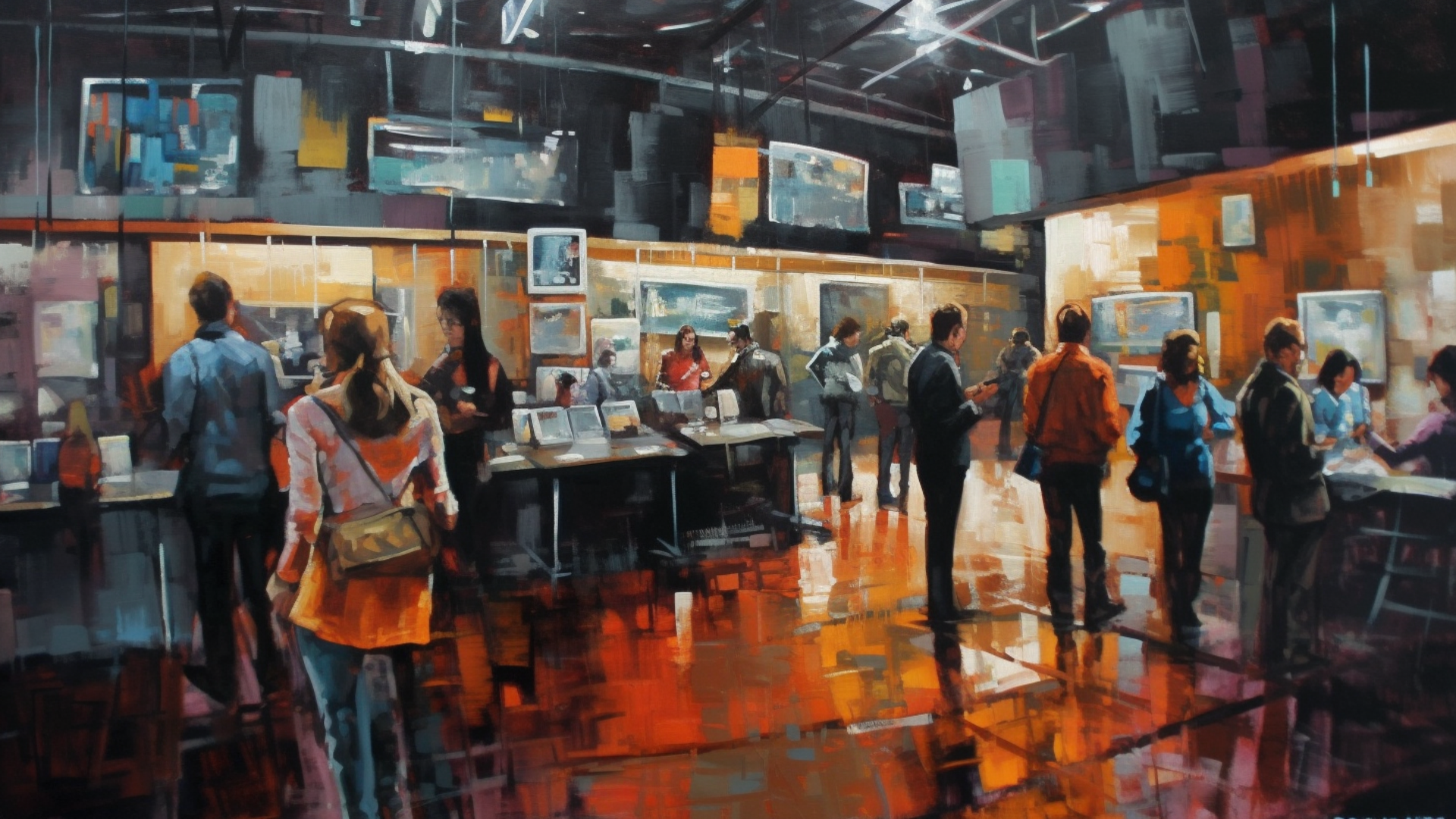The art trade has existed since immemorial, with people always seeking to decorate their lives with beautiful things. However, the structure of the art business has undergone significant modifications over time. During ancient Rome and Greece, talented slaves created most of the art.
In the Middle Ages, noble lords invited acclaimed artists to their estates to create works of art for the lord’s personal use. As world logistics and trade developed, it was time for the art business to go international. At this stage, the wealthy elite often bought large batches of paintings and sculptures from one another to decorate their palaces.
However, the real revolution in the art business began after the active development of industrial production, which led to the emergence of a large number of wealthy people outside of the ruling elite. Successful businessmen and industrialists sought to imitate the noble gentlemen in lifestyle and financial means, often surpassing them. This led to the creation of private art gallery exhibitions that were entirely funded by large industrialists and merchants. Government agencies later bought out a number of these art collections and the art became national property.

The Current State of the art trading Business
Indicates the general trend of the twentieth century: the emergence of art for the masses.
The representatives of the so-called middle class began to buy paintings and other works of art, leading to a significant transformation of the art market:
- In the past, art was mostly bought only by the very rich, privately, and not for creating exhibitions with free admission. Instead, it was acquired for closed collections, which could only be visited by close friends and acquaintances of the collection’s owner.
- Of course, the middle class does not have enough money to buy paintings by old masters for tens and hundreds of millions of dollars. Therefore, the average check on the market declined, but the demand and sales significantly increased. This allowed young talented artists to sell their creations more easily and frequently.
- As the demand for artwork in the modern era has grown considerably, dealers demand maximum fecundity from artists.
For centuries, the art trade was a shady business to which the state and fiscal authorities had no access. Only at the beginning of the XXI century, in the European Union and the United States, did governments begin to actively engage in the legalization and transparency of the art trade.
Under the threat of heavy fines and penalties for non-payment of taxes, the art business gradually began to come out of the shadows. The internet and public availability of information made the art market open to people regardless of financial status or social standing.
Finally, the coronavirus pandemic has led to restrictions on visiting art galleries, exhibitions, museums, and auctions. This has resulted in an enormous shift of gallerists toward the digitalization of the business. Today, more and more art dealers are focusing on the creation and promotion of websites where users around the world can view art collections and purchase their favorite works online with delivery anywhere in the world.
